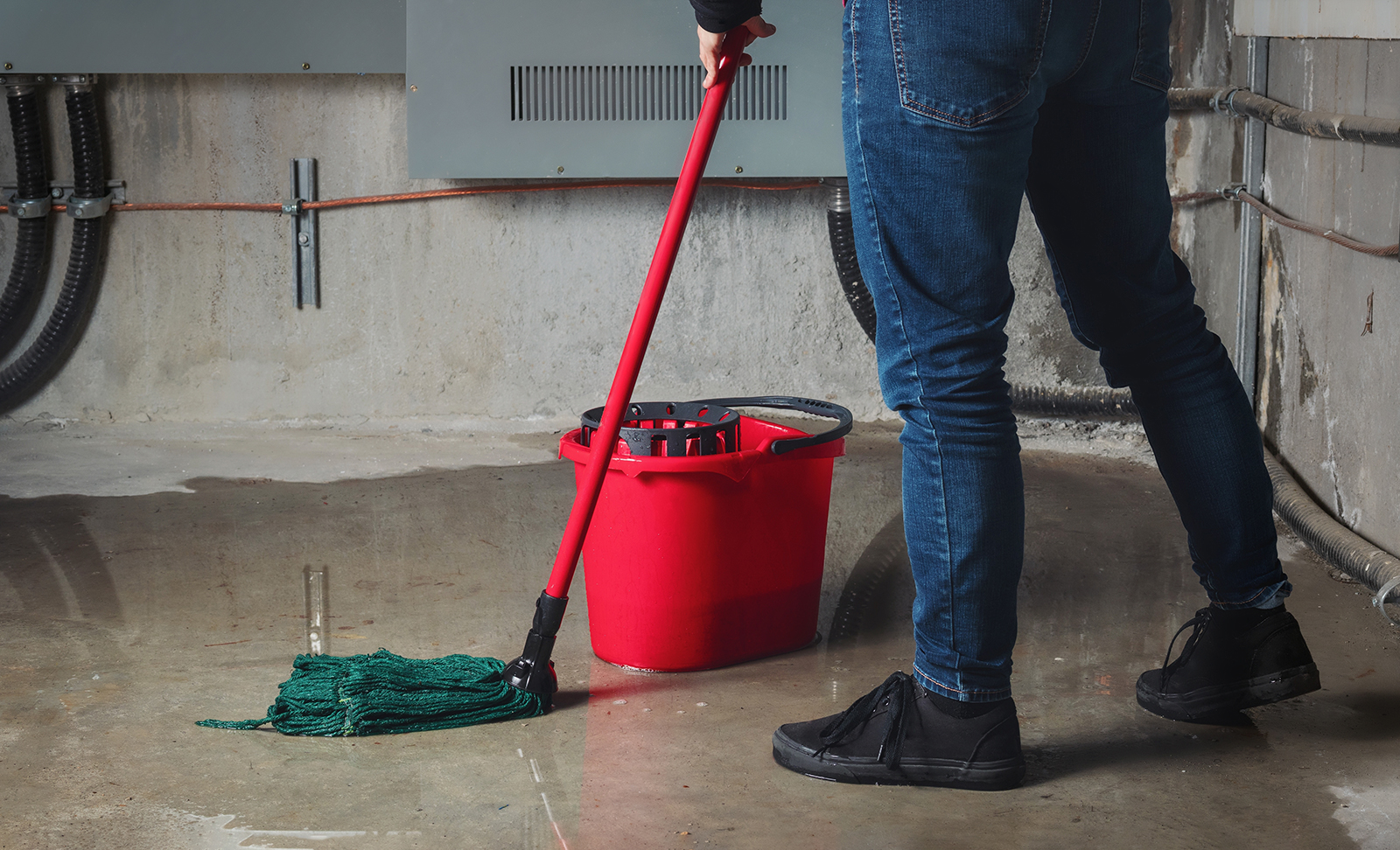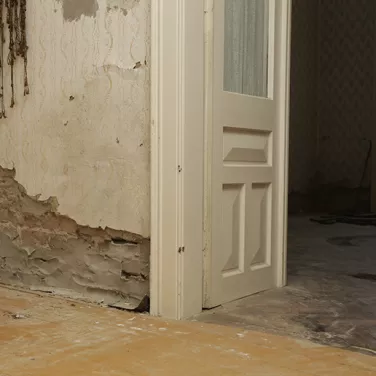

Basement Leak Repair: Step-by-Step Guide to Fix Water Seepage
A Step-by-Step Guide to Fixing a Leaking Basement
Basement leakage is a common issue across homes and working spaces. Explore the best basement waterproofing solutions to prevent water damage. Learn how Dr. Fixit’s services help you prevent issues to ensure a dry and safe environment.
Table of Contents
Basement leakage is a common issue across homes and commercial spaces. It may lead to severe damage if not treated on time. You can implement several basement waterproofing solutions that can help you safeguard your living space from potential water damage. This also prevents leaks, mould growth, and other issues arising from basement dampness.
However, there are several other considerations that you must keep in mind when searching for the best basement waterproofing treatment. Let us explore these requirements and other waterproofing solutions in detail below.

Identifying the source of the leaking basement
You must identify the source of the leak before implementing any basement waterproofing measures. Water leakage in basements can occur for several reasons, such as poor drainage, cracks in the foundation, or faulty plumbing. Here are some steps to help you pinpoint the source -
Check the walls and floors
Inspect for visible signs of cracks or basement dampness. These are often signs of water seepage.
Examine the exterior
Look for issues with your home’s exterior, such as clogged gutters, improper grading, or downspouts that direct water towards your foundation.
Condensation test
Sometimes, the moisture in your basement may be due to condensation rather than a leak. A simple way to test this is by taping a piece of aluminium foil to the basement walls and leaving it for a few days. If moisture forms on the outside, it's condensation; if it’s inside, you likely leak.
Why should you waterproof your basement?
Basement waterproofing offers several advantages that can protect your home and enhance its value -
-
Prevents water damage and flooding
-
Protects personal belongings stored in the basement
-
Reduces the risk of mould and mildew growth
-
Increases the structural integrity of the home
-
Improves indoor air quality by preventing basement dampness
-
Adds usable space to the home
-
Increases property value by ensuring a dry and safe basement

Preventing future basement leaks
It is essential to prevent future problems after you repair existing leaks. Here are some strategies to consider -
Waterproof basement flooring
Installing waterproof basement flooring is critical in ensuring that your basement remains dry. Flooring materials like vinyl, tile, or epoxy coatings are excellent choices as they resist water penetration.
Waterproofing basement walls
Sealing the walls is another vital aspect of basement waterproofing. Applying a high-quality sealant can help block moisture from seeping through the walls. Moreover, installing an interior drainage system can help manage any water that does enter the basement.
Improve exterior drainage
Ensure your home’s drainage system is functioning correctly. This includes regularly cleaning gutters, extending downspouts away from the foundation, and ensuring the ground slopes away from your home. Good drainage will reduce the amount of water that can reach your basement.
Sump pump installation
A sump pump is a valuable tool for managing excess water in your basement. It automatically pumps out any water that collects in a sump basin. This prevents flooding and reduces moisture levels.
Regular maintenance
Even with the best basement waterproofing treatment, regular maintenance is essential. Keep an eye on your basement, especially during heavy rains or snowmelt, and address any new issues promptly.
Why choose Dr. Fixit products when employing basement waterproofing services?
Dr. Fixit offers efficient basement waterproofing services to protect your home from water damage. Here’s why you should consider their products and services -
Proven expertise
Dr. Fixit has years of experience in the waterproofing industry. Their team of experts can assess your basement’s specific needs and recommend the best basement waterproofing products.
High-quality products
Dr. Fixit’s basement waterproofing products are known for their durability and effectiveness. They offer the most reliable solutions that ensure long-lasting protection for your basement.
Customised solutions
Every basement is different, and Dr. Fixit understands that. They offer customised basement waterproofing solutions that help you get the best possible protection against water damage.

Waterproofing solutions for a leaking basement
Identifying the source of the problem is the first step towards effective basement leak repair. Once you know where the water is coming from, you can select the appropriate basement waterproofing products to address the issue.
Dr. Fixit provides end-to-end solutions to implement a complete basement waterproofing treatment. They handle everything from basement leak repair to installing waterproof basement flooring for all your needs. With Dr. Fixit’s solutions and professional basement waterproofing services, you can ensure a damp-free basement for the years to come.
Fill out the form given below and connect with Dr. Fixit’s experts for effective waterproofing solutions and personalised advice.
FAQs
FAQ#1 - How do I stop my concrete basement from leaking?
The best permanent fix for basement waterproofing is to install drainage tubing below the basement floor. Then, you can connect it to a sump basket and pump. Seek help from our experts at Dr. Fixit to install the system effectively and make your concrete basement waterproof and more durable.
FAQ#2 - How do I fix moisture in my basement floor?
To fix moisture in your basement floor, improve ventilation, use a dehumidifier, and repair any points encouraging water infiltration. Install a vapour barrier under the flooring and consider using waterproof paint or epoxy. If the problem persists, consult a professional to assess potential leaks or drainage issues around the foundation.
FAQ#3 - How can I dry my basement fast?
You can dry out your basement by opening windows and running fans to circulate air. Try turning up the heat in the area to allow warmer air. This, in turn, will prevent basement leakage. It will also prevent moisture from condensing on cool surfaces. You may also try using a humidifier to dry your basement faster.
Get Professional Waterproofing Solutions Today
Fill The Form below to took free site evaluation by Dr. fixit point safe painting service expert
Renovation
Questions you should ask a society manager about building repairs before buying an apartment
Renovation
Protect your living space: Difference between a weatherproof and waterproof house
Renovation
How to safeguard your home with waterproofing during the rainy season in India
Get Professional Waterproofing Solutions Today
Fill The Form below to took free site evaluation by Dr. fixit point safe painting service expert






































































